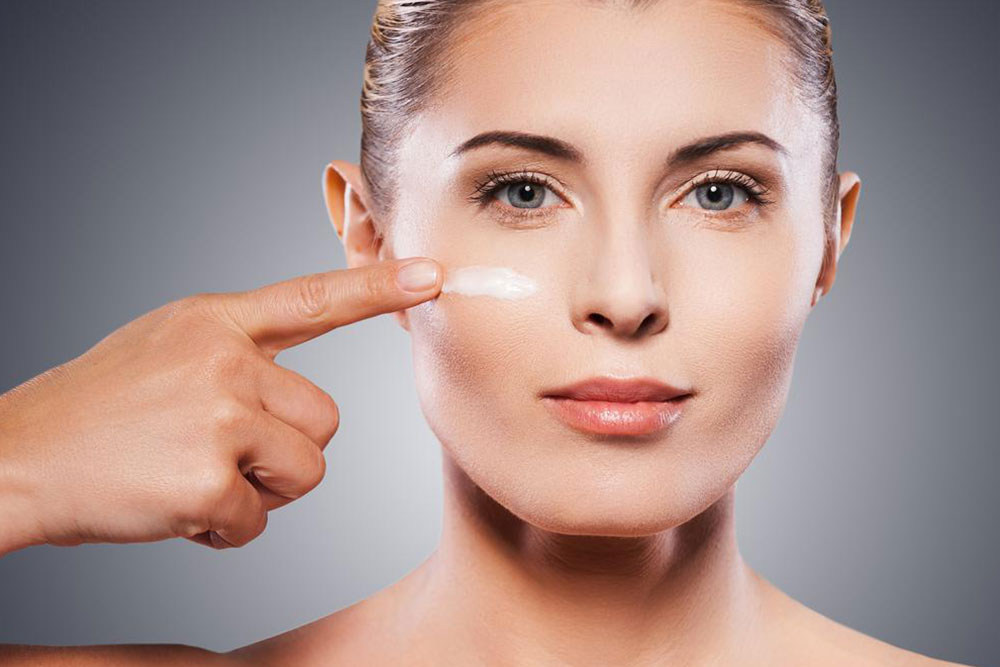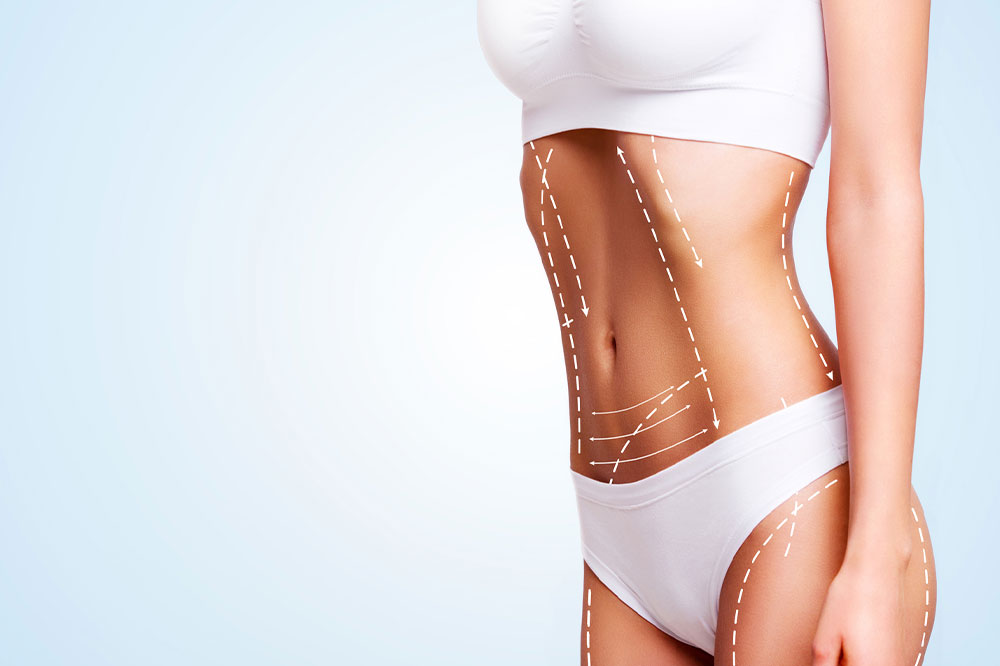Ultimate Guide to Facial Rejuvenation Surgeries: Procedures, Expectations, and Recovery Tips
This comprehensive guide explores various facial rejuvenation surgeries, including mini facelifts, liquid lifts, and full facelifts. It covers procedural details, realistic expectations, and vital post-op care tips to help individuals achieve optimal results and understand the recovery process for a youthful appearance.

Understanding Facial Rejuvenation Techniques and What to Expect
Facial rejuvenation surgeries, commonly known as facelifts, are specialized cosmetic procedures aimed at restoring a more youthful and vibrant appearance. These surgeries focus on tightening loose or sagging skin, removing excess fat deposits, and restoring facial contours that have been affected by aging. The goal is to combat the visible signs of aging and enhance overall facial harmony. Over the years, various surgical and non-surgical options have been developed to meet different aesthetic goals and patient needs. This comprehensive guide covers the most common facelift procedures, what patients can expect during and after surgery, and essential tips for post-operative recovery.
Why Consider a Facelift?
As we age, our skin progressively loses elasticity and firmness. This natural process leads to sagging skin, deepening facial lines, and a loss of volume in the cheeks. While aging is inevitable, many desire to rejuvenate their appearance to regain a youthful look or boost confidence. A facelift can effectively reduce visible aging signs such as jowls, neck slackness, nasolabial folds, and loose skin around the jawline. It's important to recognize that facelifts are designed to reverse the effects of aging but do not halt the aging process itself.
Understanding the underlying changes in facial anatomy helps patients set realistic expectations. The procedure targets common aging issues like reduced skin elasticity, fat redistribution, and muscle laxity. It’s also crucial to acknowledge that aging continues post-surgery, and maintaining results often involves a combination of lifestyle factors and skincare routines.
As people age, their skin becomes less elastic and thinner, leading to sagging and wrinkle formation. Typical issues addressed by facelifts include drooping cheeks, sagging jawline, prominent nasolabial folds, and loose skin below the neck. To combat these signs, several facelift techniques have been developed to suit different degrees of aging and individual aesthetic objectives. Here’s a detailed overview of popular facelift options:
Mini FaceLift: A Minimally Invasive Approach
The mini facelift is an excellent choice for individuals experiencing early signs of aging. This less invasive variant involves smaller incisions, often hidden within the hairline or natural creases, to tighten and lift localized areas. The procedure primarily targets jowls, mild sagging around the jaw and neck, and improves overall facial definition with minimal scarring. Patients often benefit from shorter recovery periods, less swelling, and quicker return to daily activities. This approach does not involve lifting the brows or eyelids but focuses on improving specific facial areas for subtle yet effective rejuvenation.
Liquid Facelift: Non-Surgical Rejuvenation
The liquid facelift utilizes injectable dermal fillers and neuromodulators such as Botox to restore volume, smooth wrinkles, and elevate sagging skin without surgery. This technique is particularly suited for individuals with mild aging signs or those seeking temporary enhancement. By strategically injecting fillers into areas like the cheeks, nasolabial folds, lips, and around the eyes, practitioners can achieve a refreshed appearance that appears naturally youthful. The procedure is quick, minimally invasive, and generally requires little to no downtime, making it an attractive option for busy individuals. Results typically last from several months to over a year, requiring periodic maintenance.
Non-Surgical Rejuvenation: Laser Treatments, Botox, and Fillers
Advancements in aesthetic medicine have increased the popularity of non-surgical facial rejuvenation options, which often provide noticeable improvements without the need for incisions or general anesthesia. Treatments such as laser skin resurfacing, chemical peels, Botox, and fillers help reduce fine lines, tighten skin, and restore facial volume. These procedures are usually performed in outpatient clinics, involve minimal discomfort, and have short recovery periods. They are ideal for early aging signs or as a supplementary treatment to surgical procedures to prolong youthful results.
Traditional Full Facelift: The Comprehensive Procedure
The full facelift remains the most comprehensive surgical option for significant facial sagging and skin laxity. It involves making incisions around the ears, extending into the hairline, to allow the surgeon to lift, tighten, and reposition underlying facial muscles and tissues. Excess skin is trimmed, and fat deposits may be sculpted or redistributed to enhance facial contours. This procedure effectively addresses severe jowling, deep nasolabial folds, and neck laxity, delivering dramatic and long-lasting results. Recovery can be prolonged, typically involving several weeks of swelling and bruising, but the outcome is often a markedly more youthful and natural-looking appearance.
The Facelift Procedure Step-by-Step
Facelift surgery generally involves the use of local anesthesia combined with sedation or general anesthesia, depending on the extent of the procedure. The surgeon marks the areas to be lifted and carefully makes incisions, usually around the ears and within the hairline to minimize visible scars. The underlying muscles and tissues are then lifted, tightened, and repositioned. Excess skin is trimmed away, and the remaining skin is redraped smoothly. The incisions are closed with sutures, and dressings or bandages are applied to support healing. The entire surgical process usually lasts several hours, depending on the complexity of the case.
Post-Operative Care and Recovery Tips
Recovery after a facelift involves careful management to ensure optimal results and minimize complications. Patients may experience discomfort, swelling, bruising, and tightness in the first few days, which can be managed with prescribed pain medications and cold compresses. Follow-up appointments are essential for wound assessment, drain removal if applicable, and to monitor healing progress. Most patients are advised to avoid strenuous activities, heavy lifting, and bending over during the initial recovery phase. Maintaining the head elevated and following your surgeon’s instructions on wound care, hygiene, and hair washing are crucial. Sutures are typically removed within a week, and swelling usually diminishes over several weeks. Results become more apparent as healing progresses, often showing a fresher, smoother, and more youthful appearance that can last for many years with proper skin maintenance.
Considering a facelift is a significant decision, and consulting with a qualified cosmetic surgeon is vital to develop a personalized treatment plan. Understanding the various options, risks, benefits, and recovery expectations will help ensure a satisfying outcome and prolonged youthful results.





